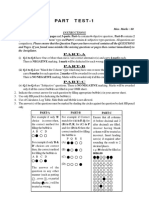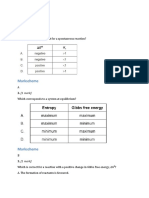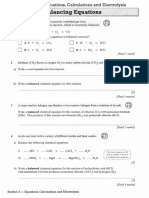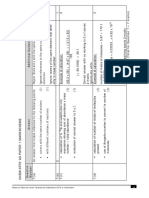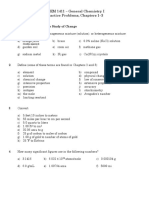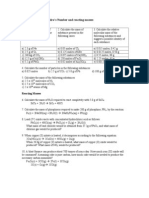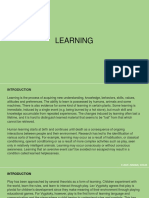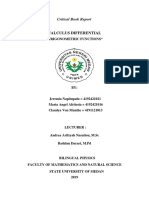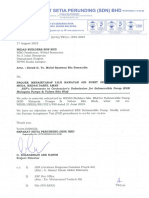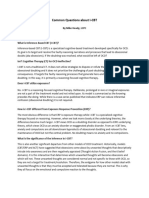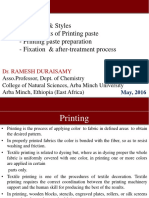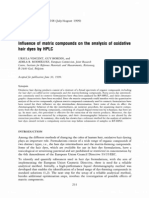0% found this document useful (0 votes)
59 views6 pagesExtra Questions
Iron(III) chloride can be produced from iron and chlorine. When 11.20g of iron reacts, it can produce a maximum of 32.5g of iron(III) chloride.
When 0.950g of fluorine reacts with excess sulfur, it produces 1.22g of sulfur hexafluoride.
Heating 11g of sodium hydrogencarbonate produces 2.9g of carbon dioxide gas.
Silicon dioxide needs 28g to produce 1g of silicon when reacted with magnesium.
Reacting 174.5g of uranium hexafluoride with calcium produces 56g of uranium metal.
50cm3 of 0
Uploaded by
Seema QureshiCopyright
© © All Rights Reserved
We take content rights seriously. If you suspect this is your content, claim it here.
Available Formats
Download as DOCX, PDF, TXT or read online on Scribd
0% found this document useful (0 votes)
59 views6 pagesExtra Questions
Iron(III) chloride can be produced from iron and chlorine. When 11.20g of iron reacts, it can produce a maximum of 32.5g of iron(III) chloride.
When 0.950g of fluorine reacts with excess sulfur, it produces 1.22g of sulfur hexafluoride.
Heating 11g of sodium hydrogencarbonate produces 2.9g of carbon dioxide gas.
Silicon dioxide needs 28g to produce 1g of silicon when reacted with magnesium.
Reacting 174.5g of uranium hexafluoride with calcium produces 56g of uranium metal.
50cm3 of 0
Uploaded by
Seema QureshiCopyright
© © All Rights Reserved
We take content rights seriously. If you suspect this is your content, claim it here.
Available Formats
Download as DOCX, PDF, TXT or read online on Scribd
/ 6



